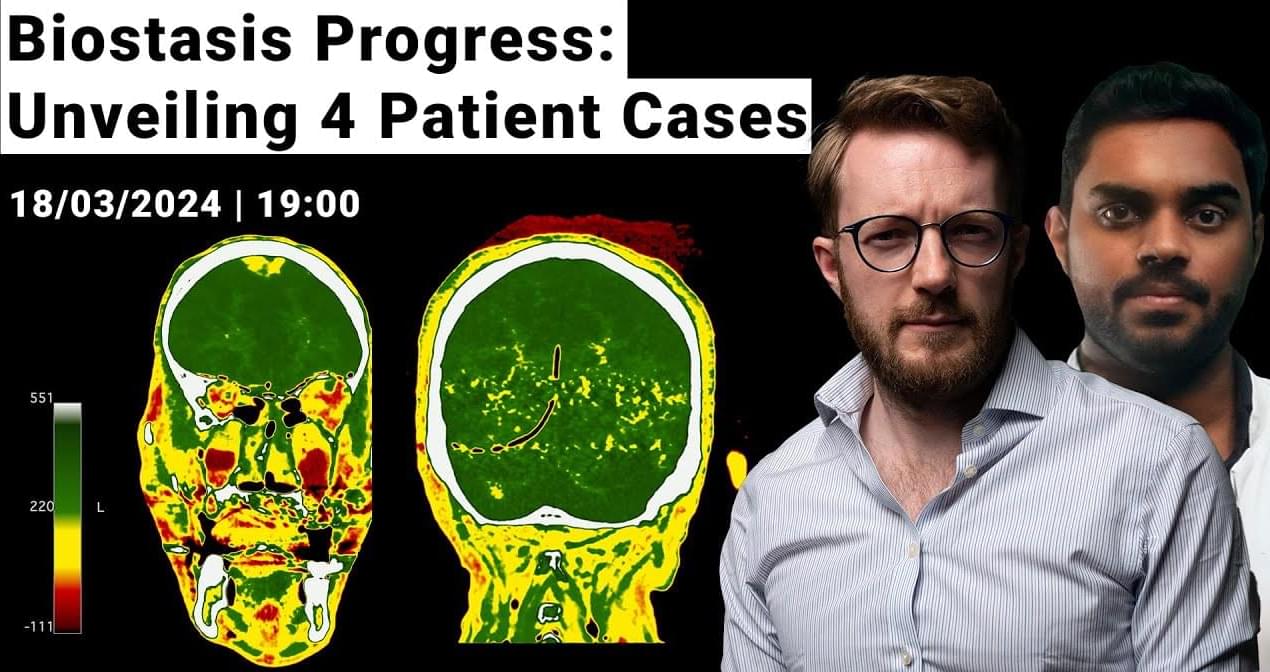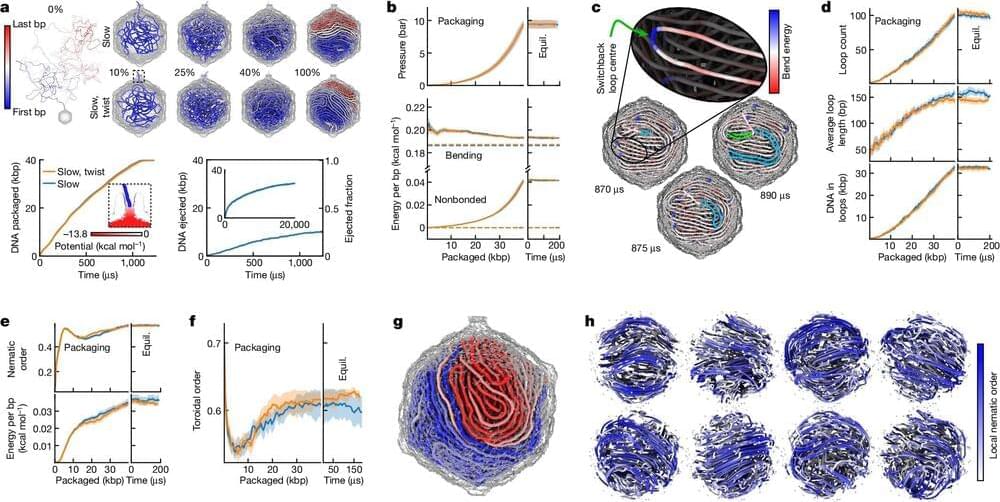Join us for an extraordinary livestream webinar, ‘Paving the Way for the Future: Learning from 4 Biostasis Cases and the Challenges and Advancements at Tomorrow Bio’ featuring esteemed speakers Dr. Emil Kendziorra and Dr. Irishikesh Santhosh from Tomorrow Biostasis GmbH. This pivotal session, scheduled for March 18th, 2024, at 7:00 PM, will delve into the latest advancements and real-world applications of biostasis, focusing on the detailed processes and outcomes associated with four distinct patient cases from 2023.
In this webinar, we will explore the intricate procedures and challenges encountered during the biostasis process, including stabilization in the face of cardiopulmonary arrest, the nuances of surgical and perfusion procedures, and the critical cooldown process for long-term storage. Our experts will unpack the innovative techniques employed, the utilization of cryoprotectant solutions, cooling techniques, and the diligent monitoring through CT scans, alongside the resolution of unforeseen technical challenges.
Each case report offers a unique glimpse into the complexities of biostasis, presenting the issues faced, such as equipment malfunctions and procedural hurdles, and the subsequent strategies for resolution or planned mitigations. Through graphical presentations on temperature, pressure, and refractive index, and detailed analyses of CT scans, attendees will gain comprehensive insights into the cutting-edge methods and equipment pivotal to biostasis.
This webinar is not just a learning opportunity but a platform for interactive discussion. We encourage all attendees to engage with our speakers through live questions, share their insights, and participate in real-time polls. Whether you’re a seasoned medical professional, an avid student of science, or simply fascinated by the potential of biostasis to preserve life, this session promises to be both enlightening and engaging.
Mark your calendars for March 18th, 2024, at 7:00 PM, and prepare to be part of a groundbreaking exploration into the future of biostasis. Your participation and questions will enrich our collective understanding and foster a deeper discussion on the possibilities that lie ahead.










